The UK Fireball Network is a network of cameras positioned across the United Kingdom to search for fireballs streaking across the night sky that could lead to the discovery of meteorites.
It is part of the Global Fireball Observatory that has grown out of the successful Desert Fireball Network in Australia, and the UK organisers are hoping to replicate that success.
Matter from space continues to fall from the sky all the time; an estimated 40,000 tonnes of it every year in fact.
- Interview: the science of space rocks
- Beddgelert meteorite: big find in a small village
- Meteorite found in Botswana
Most are the size of grains of sand and don’t make it through the atmosphere, but if a meteor is sufficiently large or dense, at least part can survive all the way to the ground – when it becomes a ‘meteorite’ – usually following a spectacular light show in the sky.

If we can observe and record those tracks of light – known as ‘fireballs’ when they are particularly intense – and calculate their paths through the atmosphere, then it’s possible to work out two things: where the surviving meteorites land, aiding their recovery for study; and their original orbits, from which we can in turn imply their points of origin.
“One meteorite of a searchable size should fall on an area the size of the UK every year,” says Dr Luke Daly of the School of Geographical and Earth Sciences at the University of Glasgow, who is involved in the project.
“We haven’t found one for 30 years, so we’re batting way below our average.”
“The idea originally was to see if we could use cameras to see fireballs and hunt meteorites in a place where we can actually recover them easily.”

Meteorites are little black rocks that are easy to see in a red barren desert.
“Now that we know that it works, that we have our triangulation data pipeline all automated, and we [can] find meteorites at the end of those trails, the idea is to start putting this back into areas like the UK, where it’s slightly more challenging to find meteorites, but where there are a lot more people who might see the fireballs.”
There are currently some 60,000 meteorites held in collections around the world.
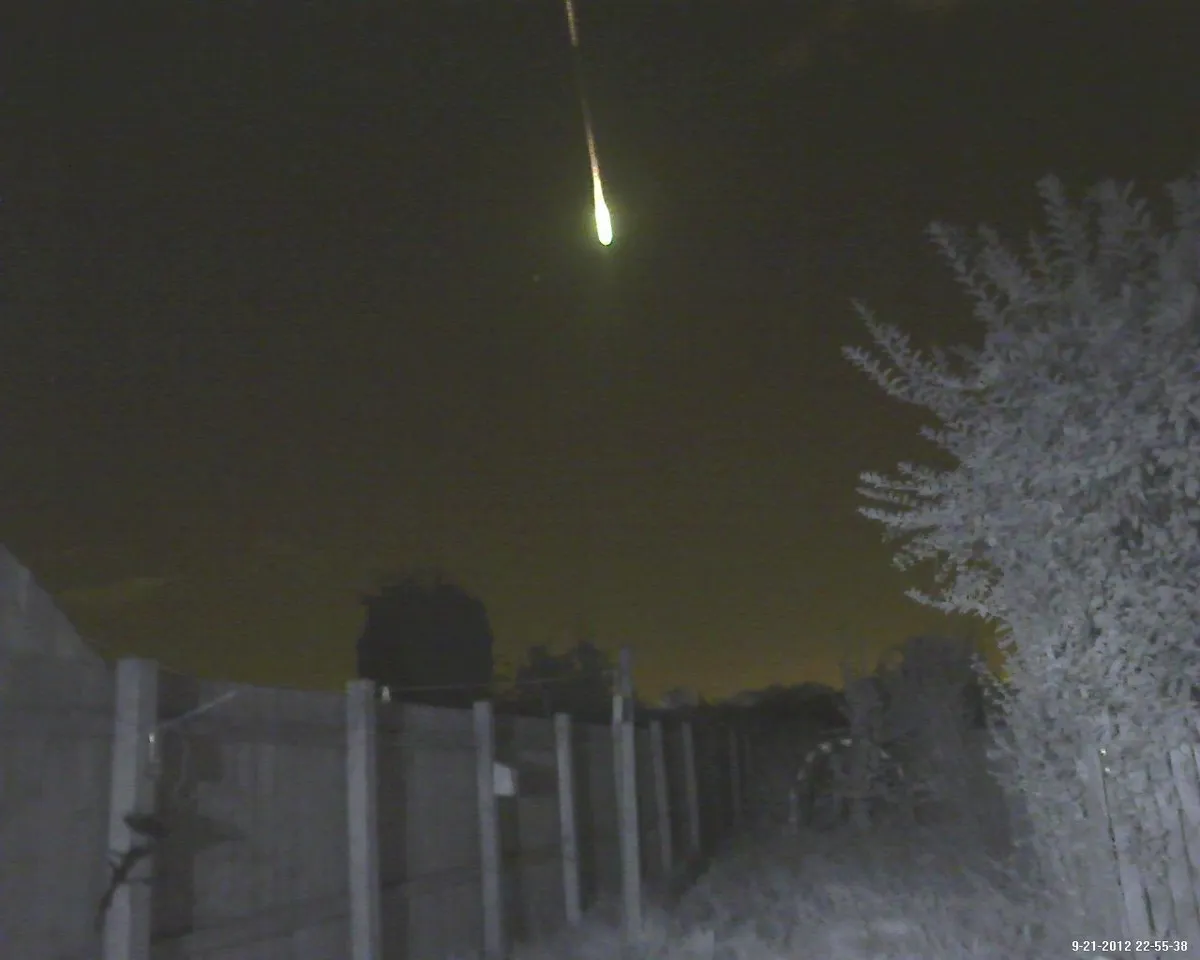
Down the years we’ve studied them and learned a lot but, with relatively few exceptions (like when we know they originated on the Moon or Mars), we don’t know arguably the most important thing about most of them: exactly where in the Solar System they came from.
“It’s like trying to reconstruct the geological history of Earth from 50,000 random rocks dumped in your back garden,” says Daly, “And we’re doing this for something the size of the Solar System!”
It is hoped that UKFN will eventually have six digital cameras pointing to the skies covering England, Wales, Scotland and Northern Ireland.
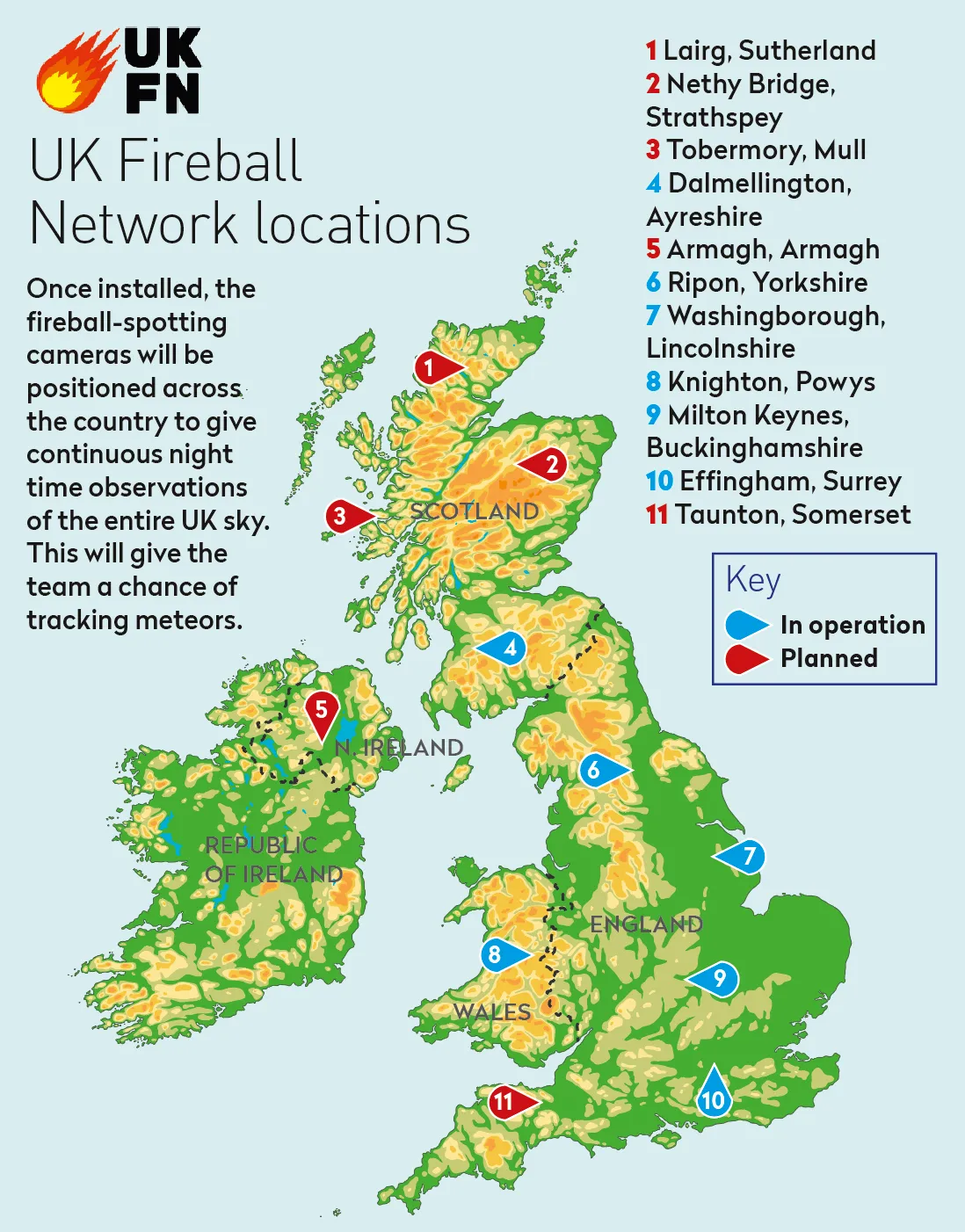
Each camera – although ‘autonomous digital observatory’ is probably closer to the mark when describing them – comes with around 24 terabytes of storage and can communicate with its neighbours via the internet.
They can sit there for a year and a half, happily working away, taking a thousand images a night per camera.
There’s an onboard computer with a machine learning ‘event detection’ algorithm that detects things that look like fireballs, and notifies all the other cameras if it sees something.
If they also made a detection, the project’s scientists get an email with a snippet of each image showing the feature that the cameras found.
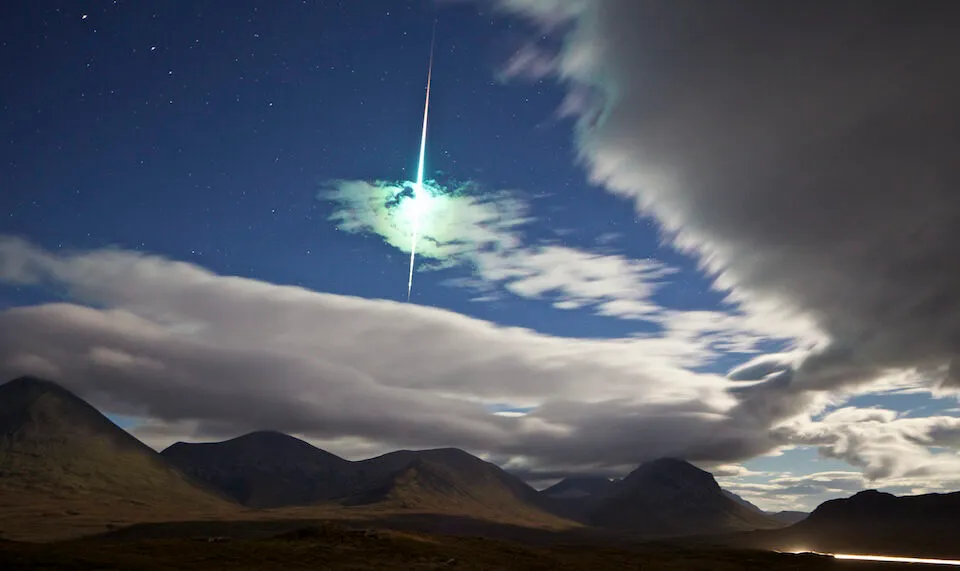
It’s an automated pipeline: it does the triangulation calculation and a rough estimate of the trajectory and mass, before Daly and his colleagues see the data.
That, in itself, involves a lot of computational power, as deciding whether a meteor has survived the journey to solid ground is challenging.
“It’s a very complicated series of mathematical formulae with loads of unknown variables,” Daly points out.
“One of my colleagues has done a very good job of numerically modelling all the possible variables and then tying those into the data received; the system basically follows through the parameters that fit the data the best.
"Normally it will come up with a few solutions, most of which have no mass, but if there are a few that do have mass, there’s more likely to be a rock at the end of that.
“I don’t pretend to understand the computing side of it. I just know enough to be able to tell people that it’s complicated, awesome and seems to be predicting meteorites to within 200m of where they should be, with the caveat that when we find them, they’ve been within 200m of the predicted fall area.”
Daly is well aware that he’s not the first at this particular scientific table.
Coordinated by staff at the Natural History Museum, the UK Fireball Alliance (UKFALL) is a collaboration that brings together UKFN, the UK Meteor Observation Network (which has been recording and sharing fireball images since 2012), SCAMP (System for Capture of Asteroid and Meteorite Paths), an off-shoot of the French FRIPON network), and other amateur astronomy groups that have cameras on their roofs.
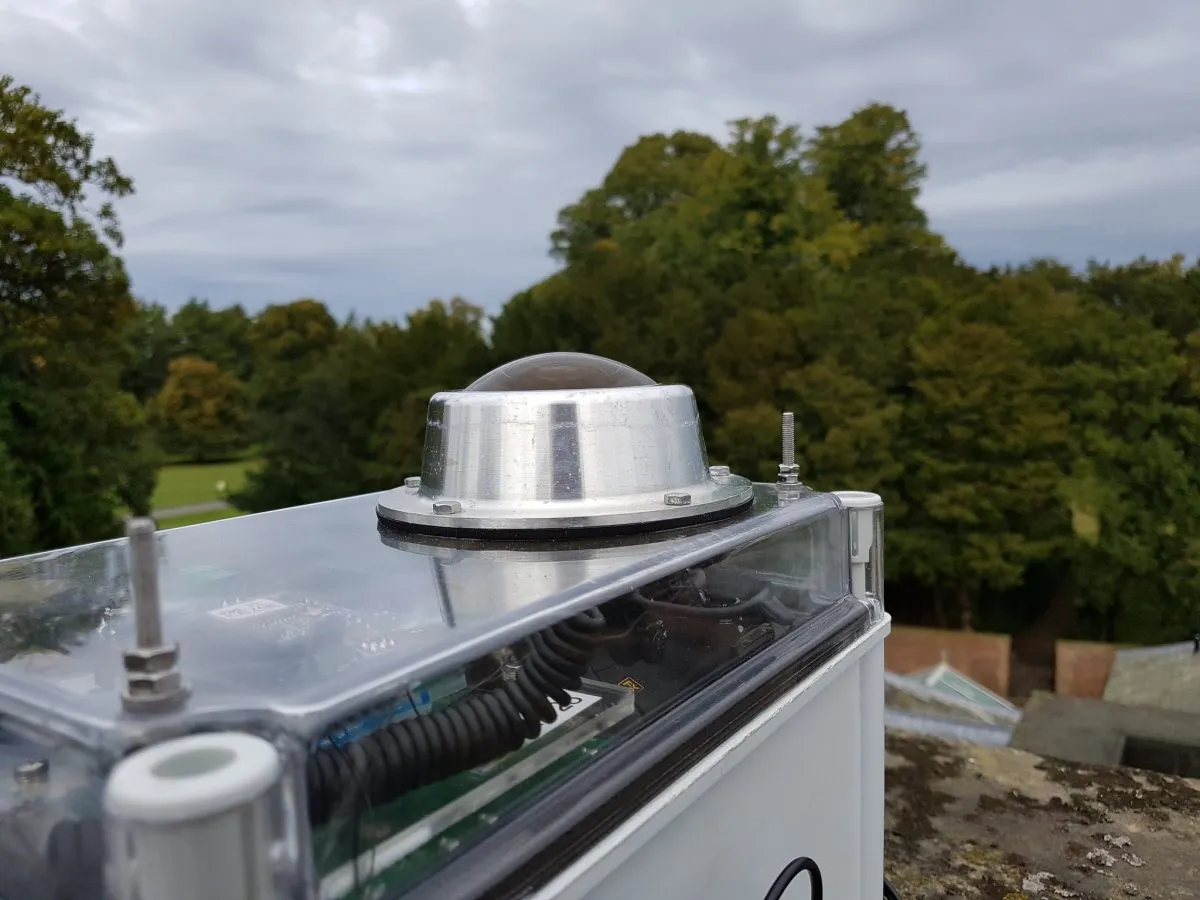
“We’ve got a protocol in place for when the ‘big one’ happens, how we go about recovering that rock,” says Daly.
“It’ll be a group of volunteers and scientists going out doing glorified body searching in the middle of a field somewhere!”
Already in place are data-sharing agreements. “If we see a fireball jointly, we’ve been sending each other our data and putting it through our models. It’s a sort of double-check that we’re all getting the same numbers. There’s no point in competing; we all just work together.
"We’ve had a few joint observations recently where we’ve been basically seeing how fast we can turn around calculating an orbit and triangulation, and it seems to be pretty quick.”
For now, the best way the public can get involved with UKFN is via a smartphone.
Originally developed for the Desert Fireball Network, the Fireballs in the Sky app (available for both iOS and Android users) enables you to record observations of fireballs, taking advantage of your smartphone’s in-built GPS and gyroscope.
“Multiple observations [of fireballs] from the app turn out to be way more useful than we thought they would be,” Daly says.
An obvious case in point were the several fireball reports made by members of the public in the wheat-belt region of Western Australia in 2016, which helped fine-tune the search that led to the successful recovery of the near-pristine 1.15kg (3.3 lbs) Dingle Dell meteorite.
Will their data sets be put out to the wider citizen science community?
“I don’t think that’s the plan, for now at least,” says Daly.
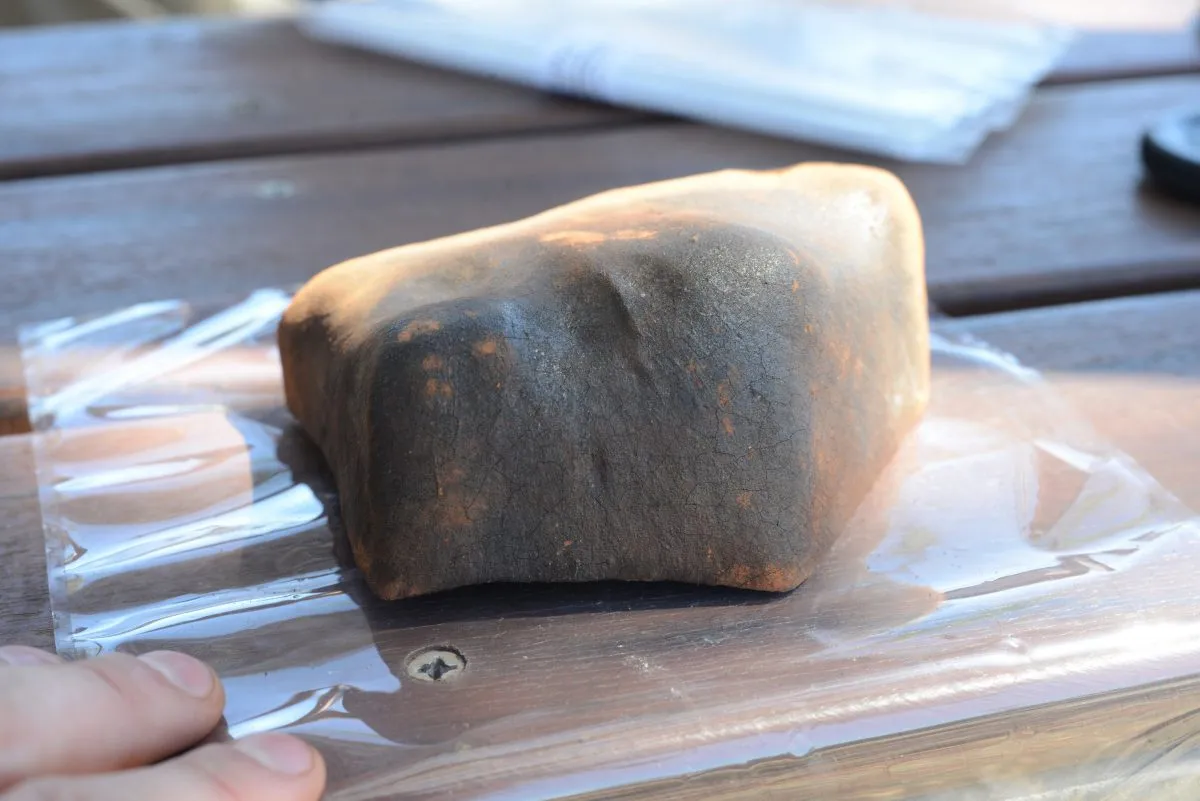
“For the most part, the app is the main contact. Also, it doesn’t just turn your phone into a meteorite reporting device; it tells you when all the big meteor showers are, as well as their altitude, azimuth and maximum.
"You can use the app to point your phone to where you should be looking for meteors. It also carries updates of the science the group is doing around the world, because it’s not just the UK network, it’s the global fireball observatory.”
If Dr Daly and his team’s project matches the successes of its Australian counterpart, it could mark the start of a new era in UK meteorite hunting.
Fireballs on your phone
The Fireballs in the Sky appenables you to get involved with Global Fireball Observatory research by reporting your own meteor sightings to astronomers, who then use your data to help track the trajectories of meteors from their orbit in space to where they might have landed on Earth.
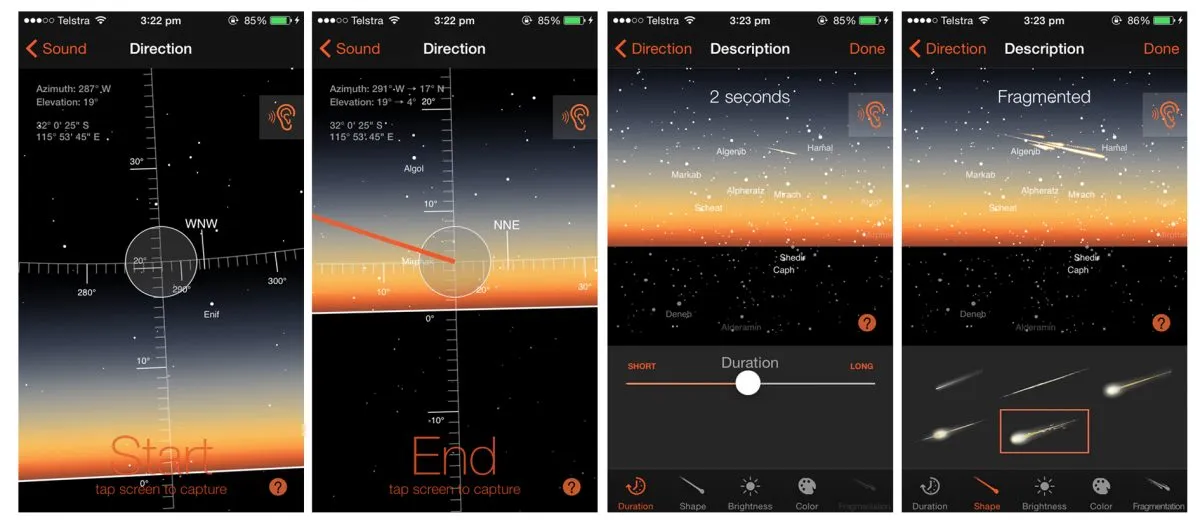
If you see a fireball you point your phone at the portion of the sky where you saw it, click, and record how long it lasted, what colour it was, how bright it was, whether it broke up, and whether you heard a sound.
“People seem to be quite good at getting this correct, so we’ve been able to use data from the app to find the likes of the Dingle Dell meteorite in Australia,” says Daly.
“The more people that use the app, the tighter the constraints on observed meteors’ trajectories and the better our models will be, so the more likely we are to find a rock at the end,”
The app –available to iOS and Android users – also helps you to view expected meteor showers.
Keep up to date with UKFN on Twitter.
This article originally appeared in the August 2019 issue of BBC Sky at Night Magazine.
Paul Cockburn is a science writer and journalist.
